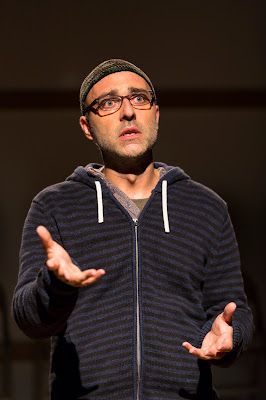Masters of Merry-Making: Returning YC Actors in Carol Part One

By Elspeth Sweatman The Christmas Carol cast is filled with veterans of the Geary stage, from Scrooge to Tiny Tim. Every December, A.C.T. stalwarts James Carpenter and Anthony Fusco (our Scrooges), as well as original company member Ken Ruta (Jacob Marley), share the stage with several Young Conservatory actors who are performing in the show for the fourth or fifth time. With performances beginning this Friday at The Geary Theater, we reached out to five of our returners—Alejandra Zavala (11 years old), Mattea Fountain (12 years old), Maximilian Wix (12 years old), Pilar Rivas (11 years old), and Seth Weinfield (13 years old)—to ask about their Carol experiences. This is Part One. The Young Conservatory actors of the 2016 production of A Christmas Carol . How have you changed as a person throughout your three seasons in A Christmas Carol ? Alejandra Zavala: I am more confident and comfortable because now I feel like I know what I am doing. I am a much more focused pers...





